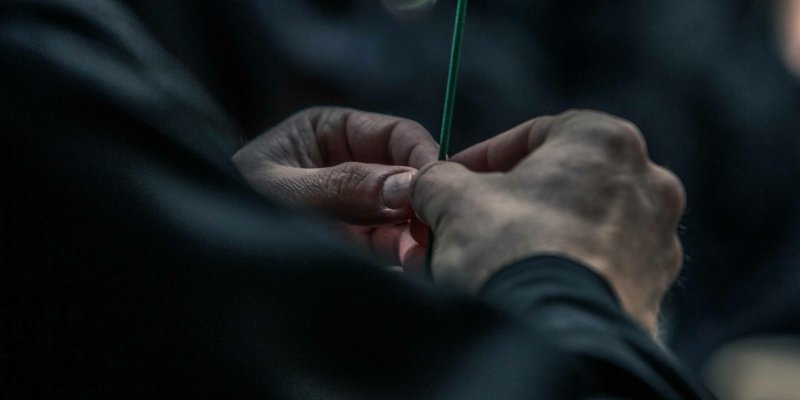THE MEANING OF RITUALS
In zen monasteries, dojos and groups of practice, rituals give another dimension to the practice of meditation. Ceremonies help us har- monize with the others, and are often dedicated «to the good of all beings». At meal times, especially during retreats, Buddhist chants invite us to feel gratitude for everything that contributed to the simple fact that there is food on the table, and to think of those who are not so lucky. Indeed, meditation goes way beyond personal development.
Un enseignement du maître Jean-Pierre Taiun Faure
" Not only human beings, but animals too, need rites to live their lives. You only have to look at an ant hill or a beehive to see the truth of this. Rites have existed since the dawn of humanity, before we could even speak of religion. Other rites would appear later as an expression of a religious feeling.
In monotheistic religions, rites are performed for God. Buddha is not a god; it is the foundation of our being, our Buddha-nature, the essential. Rites are aimed at the realization of the non-separation between the ‘I’ and all existences. Just like art, rites enable us to express together a truth that is intuitively perceived, in a visible and tangible way.
The Zen masters recommend, besides zazen practice and studying the teaching, that we bring ritual into our life, during offering ceremonies and sutra recitals and also during more ordinary tasks. They ask us to do things as they should be done, without expecting anything for oneself and yet… to do them whole-heartedly. ‘Whole-heartedly’ means each situation is lived to the full, with the mind totally absorbed in what it is doing. Our presence to the world can be seen in our attention to forms, to every form that comes our way in our life. When we are no longer attentive to form, we are no longer attentive to the authentic life, the life of Buddha.
In Zen monasteries, ordinary activities such as feeding oneself, dressing or taking a bath, are ritualized. The observance of the rite through forms that have been passed down, by the attention that this requires, promotes freedom of mind and allows us to open up to other values. Through the ritual of oryoki (laminated bowls for meals), we can experience the interdependence between the person giving and the person receiving. We can deeply understand, beyond the use of words, that life is given to us at each moment by the sun, the earth, the rivers, forests, fields, animals, men…
Another example is the great concentration we have when we sew the kesa. Following the traditional, transmitted method, we transform an ordinary piece of material into an item of awakened clothing. Preceded by the recitation of a sutra, the act of washing ourselves takes on another dimension; this ordinary act washes in fact our minds as well…
The transformation of our ordinary minds into the mind of Buddha is achieved through our daily, ritualized practice. Whether the rite is ordinary or sacred, in its essence it brings us back to the life of Buddha, to unity with the world around us."
VIDEO : cérémonie en hommage au fondateur Maître Deshimaru, au temple zen de la Gendronnière ( 2017 )

